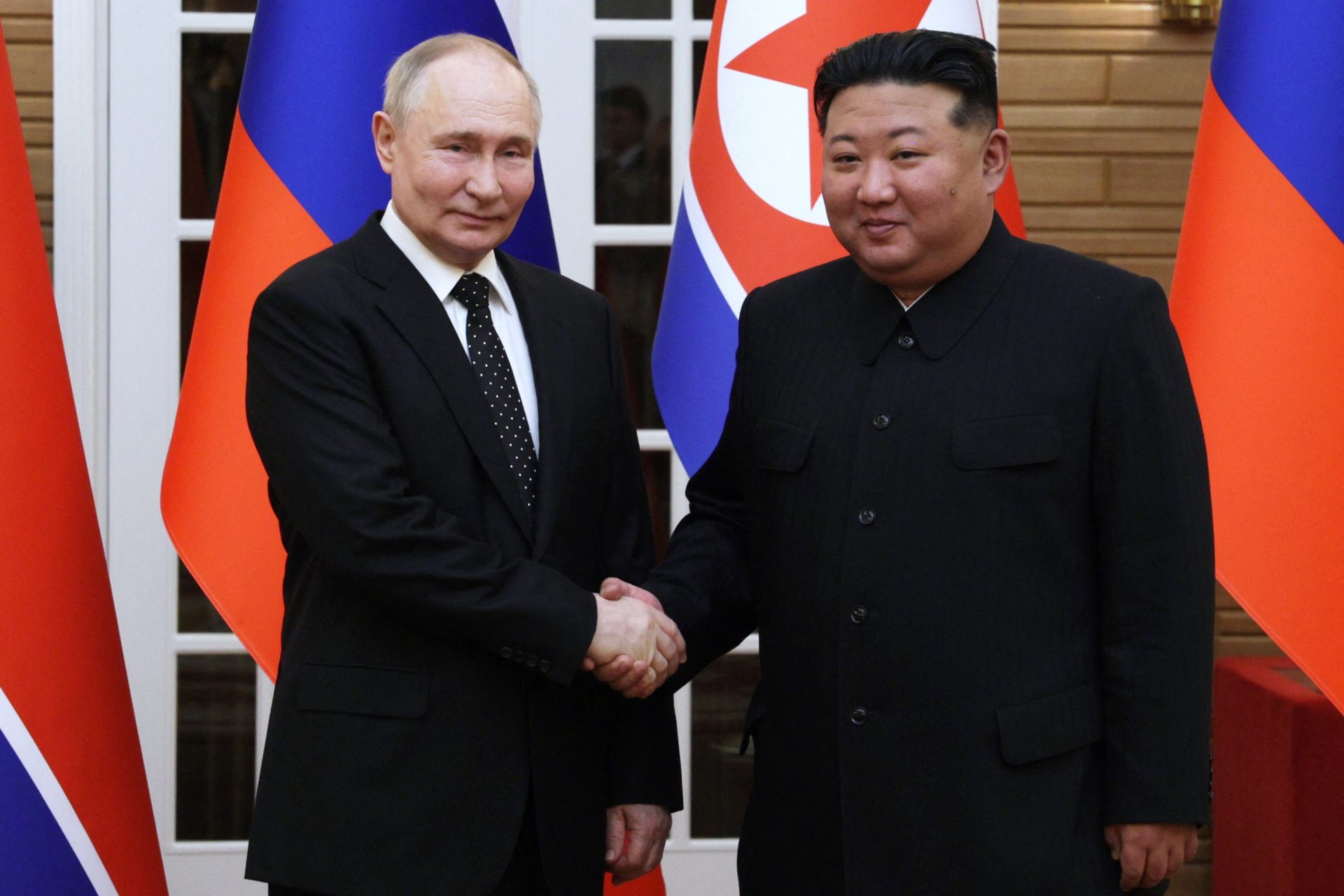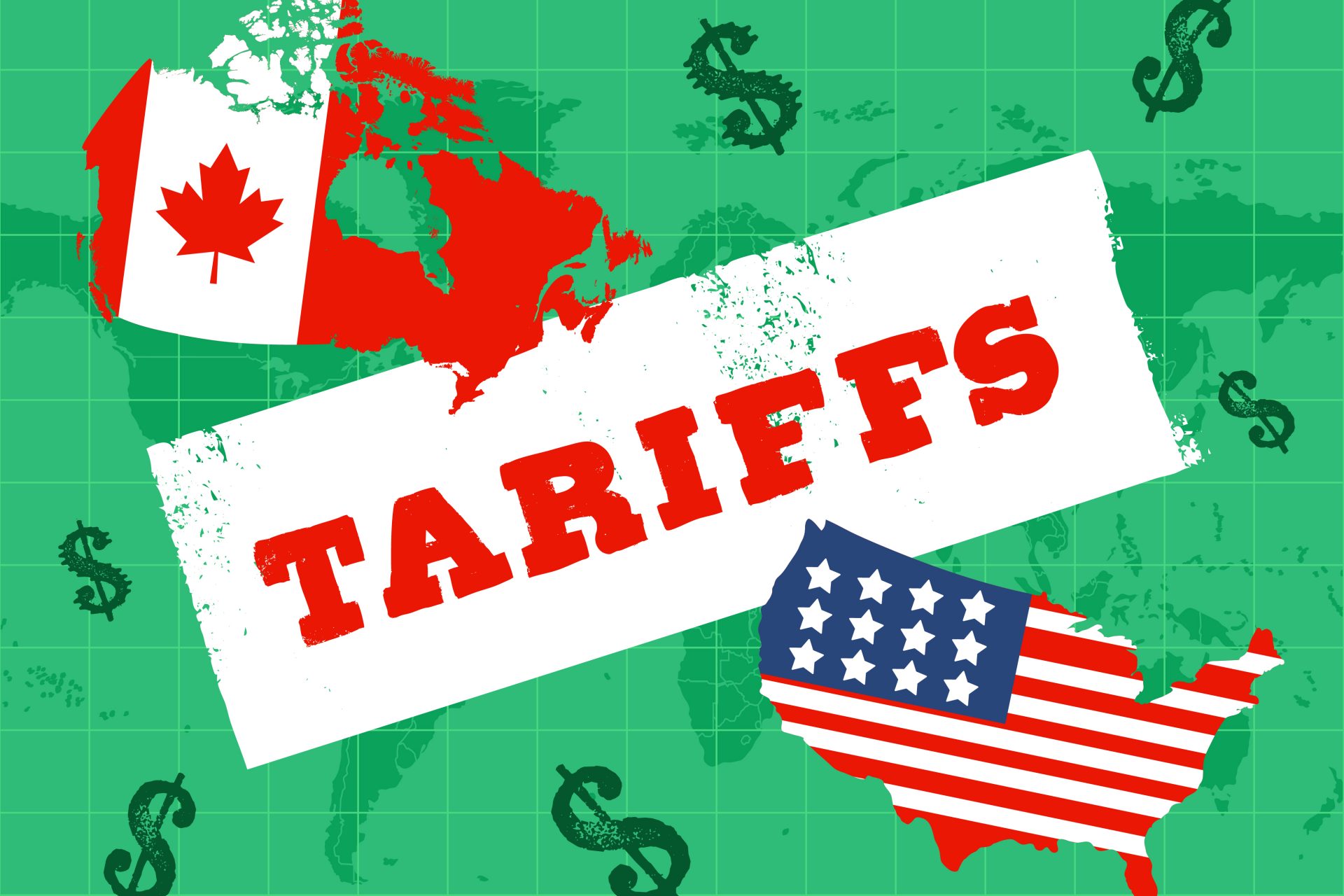Understanding Millennial and Gen Z consumers: the ‘always-on’ purchasers
Young people today have thin wallets and expensive tastes; they look for cheap prices and sustainability; they crave authenticity while being immersed in the world of social media trends…
No wonder brands have a tough time figuring out how to get to these walking paradoxes; something they desperately want to achieve since millennials and Gen Zs are now considered the most important markets, according to The Economist.
Millennials and centennials (Gen Z) make up the majority of the world’s population and a third of America’s. The annual spending of households headed by these two generations in America hit $2.7trn in 2021, around 30% of the total.
While millennials came of age in the midst of the global financial crisis of 2008 and the ensuing recession, centennials saw their lives upended by the Covid-19 pandemic.
These two big shocks fostered pessimism among young people. A study by McKinsey published in 2022, found that a quarter of Gen Zs doubted they would be able to afford to retire. Less than half believed they would ever own a home.
Furthermore, millennials and centennials have accumulated less wealth than Gen X or Boomers at the same age.
Uncertainty about the future may be encouraging impulsive spending of limited resources in the present for these two generations, according to the Economist.
Forrester, a market-research firm, found that most users of “buy now, pay later” apps are around 20 years old.
Young people’s shopping habits may also be defined by the “attention economy.” Buying stuff online is far quicker and easier than a trip to the shops.
From groceries, to fashion or furniture, these “always-on purchasers”, as McKinsey calls them, often shop online.
Moreover, they use social media platforms, such as Instagram or TikTok to get inspiration, leading such apps to add features that allow users to shop without ever leaving the platform.
According to McKinsey, by 2021 six in ten Americans under the age of 25 had completed a purchase on a social-media site. However, they still prefer e-commerce platforms, such as Amazon.
Physical shops are not entirely shunned, but brands have more success with young people if they manage to integrate virtual and physical worlds, said McKinsey.
Nike, for example, is successfully targeting young buyers by allowing them to design their own trainers on its website, to pick up in person after attending an in-store dance class, and then encouraging them to tag the brand in a review on TikTok or Instagram.
The new world of shopping has also allowed the young to take a more informed view of the companies that they buy from. Edelman, a public-relations firm, found that seven in ten Gen Zs across six countries fact-check claims made in adverts.
Citing survey data that show some teens have shunned certain brands because of their shady ethics, Forrester has taken to calling young consumers “truth barometers”.
According to the survey by McKinsey from October 2022, nine in ten Gen Z and millennial Europeans had changed how they shopped, where they shopped or the brands they bought in the previous three months.
Furthermore, for millennials and Gen Zs, wellness and luxury have become essentials. According to Bain, a consultancy, the average Gen Z shopper makes their first luxury purchase when they are 15, and millennials when they are 19.
Some buy expensive items believing that they can hold value even during tough times. And they’re not wrong because such items can now be traded easily on second-hand sales platforms such as Vinted.
Young consumers also profess to be more value-driven than previous generations. Some of these values are centered around identity, race, gender, and climate change.
However, their appetite for instant gratification is also fuelling some distinctly ungreen consumer habits. After all, the young virtually invented quick commerce.
So young consumers are, like every other human, contradictory. How to sell to the young, then? An economist's advice is to avoid hypocrisy: “Commit only to causes you can tangibly support. We are people just as our customers are and people contain multitudes. Isn’t the story of your life that yesterday’s hippies are tomorrow’s suits?”, they write.
More for you
Top Stories



































